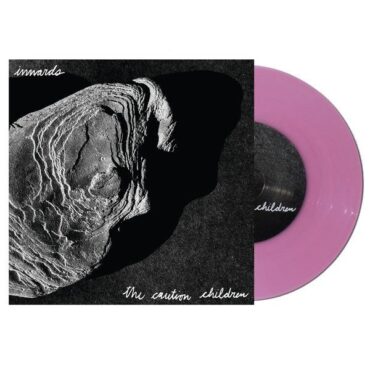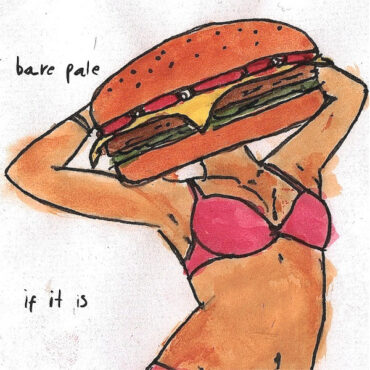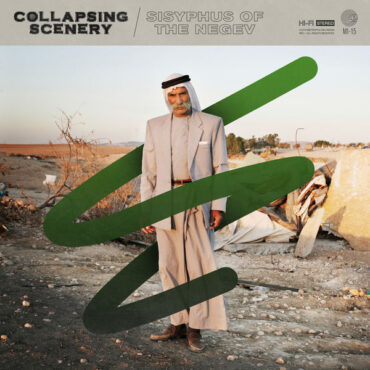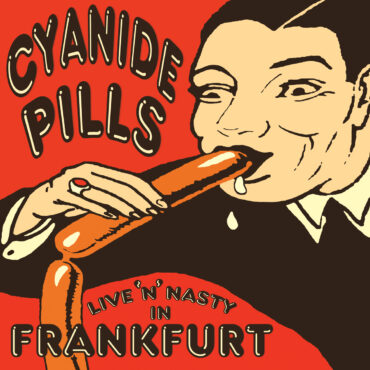HARTHOUSE

The label Harthouse was founded in 1992 in Offenbach near Frankfurt by Matthias Hoffmann, Heinz Roth and the well known Frankfurt DJ Sven Väth. Harthouse, in the early years from 1992 to 1997 a sublabel of Eye Q Records, was a platform for newcomer artists. It was designed for the harder, more minimalistic sound, the sound that didn’t fit into the commercial line of Eye Q Records. Sven Väth commented on this: “We wanted to create a stage, a playground – even an experimental one – and I think we quite succeeded.”
In the beginning Harthouse (also known as “Harthouse Frankfurt“) defined a sound that became known as “Sound Of Frankfurt”, a harder but danceable version of “Trance” – just “Hard House” or “Harthouse”. The first release was produced by the Harthouse A&R himself, Sven Väth. His co-producer until 2000 was Ralf Hildenbeutel, who still runs the production company “Schallbau” today. Together with the other members of “Schallbau”, Steffen Britzke (aka B-Zet) and Matthias Hoffmann (aka AC Boutsen), Sven Väth also released several projects on Harthouse himself.
From the very beginning Sven Väth decided on what was released on Harthouse and what was not. In the first years Harthouse releases were strongly limited, to about 2000 copies per release. The white sleeve promotion list was also kept small. Within a very short time Harthouse became the flagship of the German techno scene. The label became known worldwide, its artists became stars of the international scene with high placements in the charts.
Due to the limited copies and quality releases, demand rose rapidly. The real first big success was Hardfloor’s (Ramon Zenker & Oliver Bondzio) first release “Hardtrance Acperience” (1992,HH-008). While hardly noticed in Germany, it made it into the British charts (1992/93, No. 56) after having been re-released there half a year later. To oppose the trend to produce with constantly growing speed from track to track was a revolutionary idea in 1992. Up to today there is an international demand for remixes by Hardfloor. Examples are Mory Kanté, The Shamen and Anne Clark. Then one hit followed the other: Arpeggiator’s “Possible future of mankind” (HH-016), Hardfloor‘s “Trancscript” (HH-019) (place 72 on British Charts 1993) or Resistance D.‘s “Human E.P” (HH-020).
Due to the fast worldwide success also foreign departments were founded in 1992: “Harthouse UK” in England, distributed by “Rising High”, and “Harthouse America” in the US with a licence-deal with “Moonshine Music”. But soon, in 1994, the deal with “Rising High” was canceled and Harthouse opened their own distribution department in the UK. The cooperation with “Moonshine Records” in the USA appeared not to be successfull, too.
1997 was the worst year for Harthouse. Artists were not paid, but with calmed with hope for future payments. At the beginning of the year the confusion was already complete: Sven Väth left the label. The company then moved from its large office in Offenbach to Berlin. Two months later the company was insolvent and filed for bankruptcy. The artists could not be paid or were put off with ridiculous sums. The managing directors were not prepared to comment on the reasons for the insolvency. But the enormous discrepancies between the goals they had set themselves and reality were obvious: on the one hand, they wanted to be a German techno underground label, but on the other hand they rented a multi-storey office that had to be paid for; and they reduced turnover by their self-imposed limitated releases, while the managing directors began jetting to their branches in Great Britain and the USA.
It was clear to everyone involved that this could not work. The limitation was stopped fast enough, but moving to a smaller office came too late. Very few people know what really happened back then.






